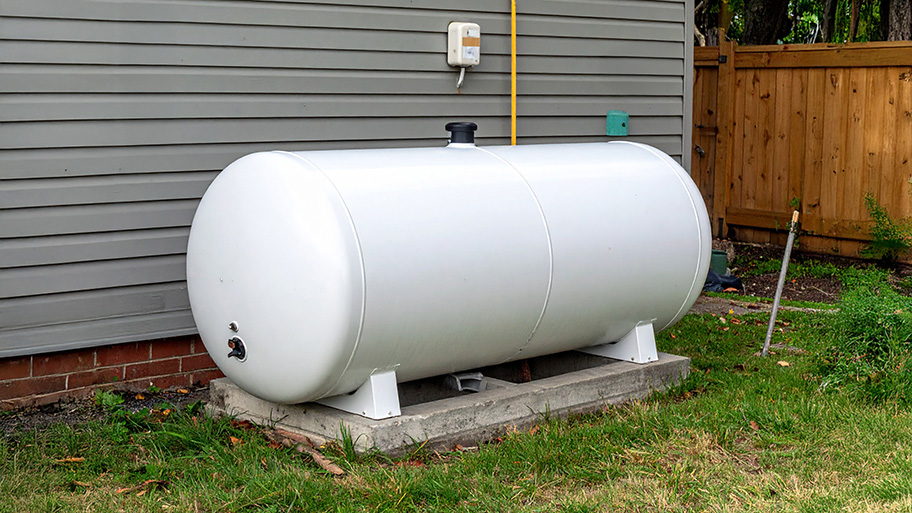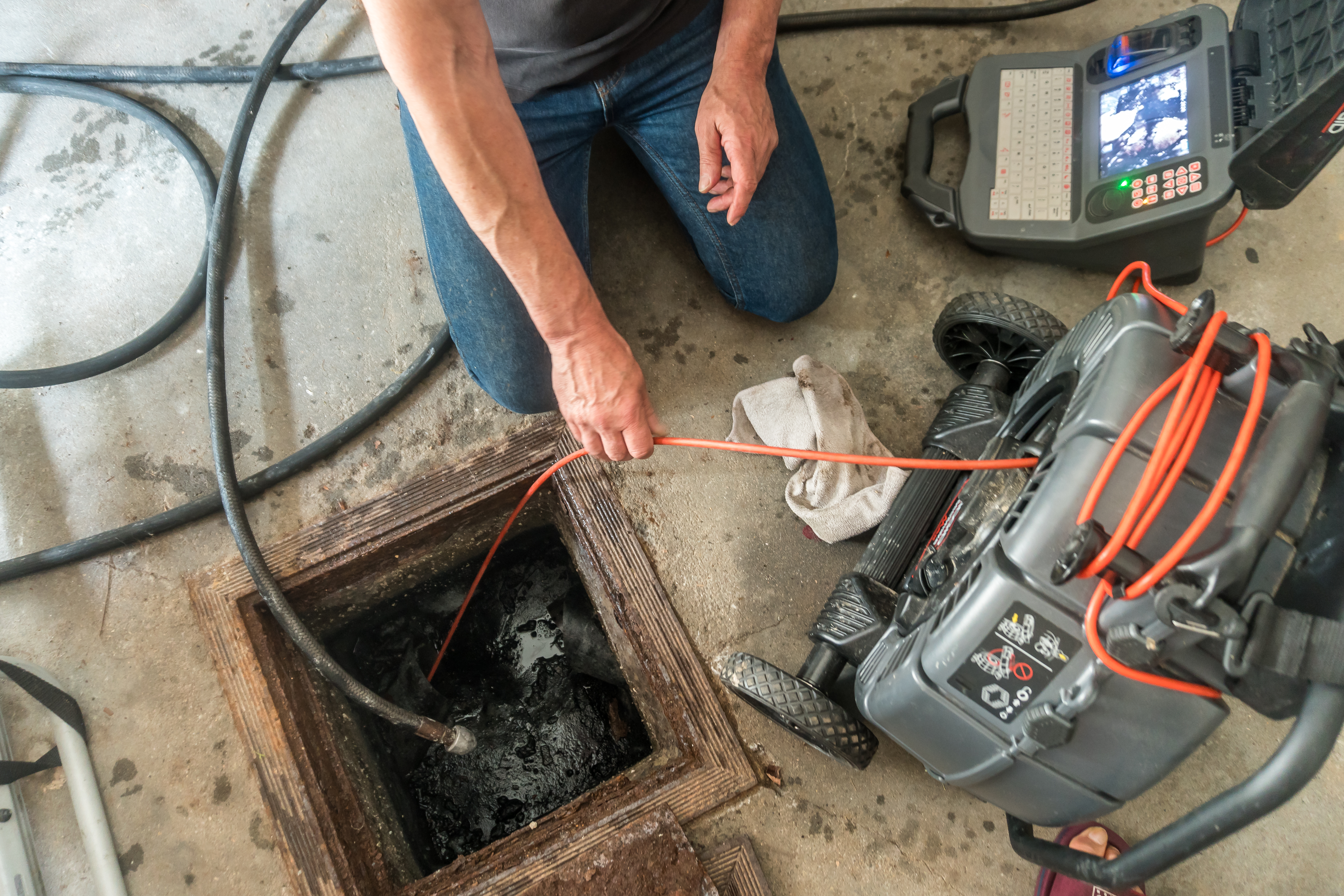
The average propane tank costs between $600 and $2,500, depending on the size, location, and more. Our expert guide explores all the factors.
Go with the flow by choosing the right size PEX pipe for your project


PEX pipes are commonly used in plumbing due to their durability and cost-effectiveness.
You can choose from a range of PEX pipe diameters and thicknesses, each used for different plumbing purposes.
Choosing the right size PEX pipe will keep your water flowing properly and help your pipes last for years to come.
Cross-linked polyethylene pipe, also called PEX pipe, is frequently used for plumbing due to its durability, flexibility, and affordability. While PEX pipe is relatively easy to install, it’s important to ensure you have the right size pipe when installing plumbing. We break down standard PEX pipe sizes and dimensions so you can ensure you have the right size for your project.
PEX pipes come in a range of sizes, but the most common standard diameters are 3/8 inch, 1/2 inch, and 3/4 inch, with most residential plumbing projects using 1/2-inch pipes. Unlike other types of plumbing pipes like copper pipes, PEX pipes are measured by their outside diameter, not the internal diameter. PEX pipes are made of a thinner material than other types of pipes, so their internal diameter tends to be larger than other pipe material with the same exterior diameter.
There are three main types of PEX pipes, each made with a different manufacturing process. The dimensions for all three types remain the same, but the difference in flexibility makes them appropriate for different uses.
| Type of Pipe | Size Range | Usage |
|---|---|---|
| PEX-A | 3/8–3/4 inch | Colder climates, shorter pipe runs |
| PEX-B | 3/8–3/4 inch | Warmer climates, long, straight pipe runs |
| PEX-C | 3/8–3/4 inch | Radiant heating |
PEX-A pipe is the most flexible and resistant to freezing, making it a good choice in colder climates where pipes are exposed to freezing temperatures. It is also the most expensive but the most durable, so it’s less prone to cracking and temperature-related deformities.
PEX-B is a cost-effective option suitable for warmer climates where temperatures that regularly dip below freezing aren’t a concern. This type of PEX pipe is less flexible than PEX-A, so it can be a good choice for long, straight pipe runs without bends. Replacing PEX pipes costs less with PEX-B pipes, so if it’s suitable for your project, you could save some money on material costs.
PEX-C is much less common than the other two types of PEX pipe and is normally found in applications like radiant floor heating and short water supply lines. It’s the most susceptible to cracking, so PEX-A or PEX-B may be a better choice for most uses.

If you’re replacing existing plumbing pipes, you’ll want to use PEX pipe with the same or similar interior diameter as the copper or PVC pipe size being replaced. Switching from a larger PVC or copper pipe size to a smaller PEX one can impede water pressure and prevent appropriate flow to your fixtures. You’ll also need to measure the length of required pipe as well as account for any bends to ensure you select the right type of PEX pipe with enough flexibility for your project.
Choosing the right PEX pipe size depends on several variables specific to your project. Here are some of the factors to consider when selecting PEX pipe for your plumbing.
The thicker the pipe, the more water pressure it needs to deliver. High-water-use fixtures like bathtubs, washing machines, and dishwashers may need a 1/2-inch PEX pipe or thicker to deliver enough water pressure, while toilets and sinks may be able to use a thinner 3/8-inch PEX pipe.
Long pipe runs may benefit from larger-diameter PEX pipe to maintain a consistent flow over long spans. Shorter pipe lengths can often use a smaller-diameter pipe since the water has less distance to travel.
Your local climate may dictate what type of PEX pipe to use. PEX-A pipes are best suited for areas that experience freezing temperatures, since they’re the most resistant to damage from temperature fluctuations. In warmer areas, PEX-B can be an economical choice since freezing temperatures are less of a concern.
PEX pipes come in several colors and a range of sizes. The most common PEX pipe colors are blue, red, and white. These colors are typically used to indicate the pipe’s usage—red for hot water, blue for cold water, and white for mixed-use. While color-coding your PEX pipes isn’t necessary, it may make your plumbing configuration easier to identify when it comes time to make any necessary repairs or replacements.
The wrong size PEX pipe can result in a loss of water pressure, slow-filling fixtures, and other plumbing problems. Find a qualified plumber to advise you on the correct PEX pipe dimensions for your project and to ensure everything meets local codes. A local plumber can replace or repair your PEX pipes to keep your plumbing system working efficiently and without problems. Investing in the cost of a plumber at the beginning of your project can save you a lot of money in repair costs and other expenses related to plumbing mishaps and damage.
From average costs to expert advice, get all the answers you need to get your job done.

The average propane tank costs between $600 and $2,500, depending on the size, location, and more. Our expert guide explores all the factors.

Wondering how much it costs to reroute plumbing? We have the information you need to learn about plumbing vent pipes and cost considerations when installing them.

This guide to toilet installation cost covers what you can expect to pay when adding a new toilet to an existing or new bathroom.

Most homeowners will eventually need to replace bathroom hardware. This guide breaks down bathtub faucet installation costs, so you can upgrade your bathroom.

If your tub stopper is ruining bathtime or it’s time for a new one, you can easily DIY the job. Keep reading to discover how to remove a bathtub drain stopper.

Understand Title 5 inspection costs, including average prices, key cost factors, and tips to save money on your septic system inspection.